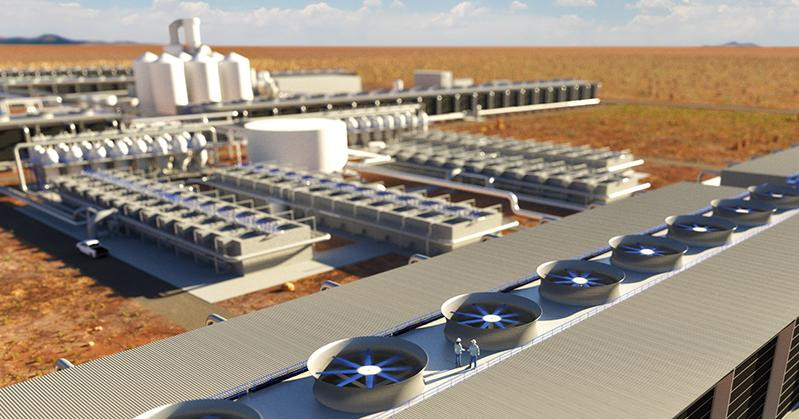The Biden administration is making significant strides in combating climate change by earmarking $1.2 billion for two direct air capture (DAC) projects. These projects aim to remove over 2 million metric tons of carbon dioxide from the atmosphere annually, equivalent to the emissions of approximately 445,000 gas-powered cars. Additionally, the Department of Energy states that these projects will create 4,800 well-paying jobs.
DAC employs a chemical process to separate CO2 from the air. This captured CO2 can then be stored underground or utilized in carbon-containing products, such as concrete, effectively preventing its release back into the atmosphere.
These two projects are the first of their kind on a commercial scale in the United States. Each project is anticipated to remove more than 250 times the amount of CO2 compared to the largest current DAC facility. One of the projects, spearheaded by 1PointFive, a subsidiary of Occidental Petroleum, is being developed in Texas. The CEO of 1PointFive asserts that once operational, the facility could potentially remove up to 30 million tons of CO2 annually.
These initiatives were selected as part of the Regional Direct Air Capture Hubs program, which received funding from the Bipartisan Infrastructure Law. The goal of this program is to establish a network of large-scale carbon removal sites across the nation, working synergistically with other emissions reduction efforts to combat climate change.
The DOE identifies DAC technology as a crucial component in achieving the US target of carbon neutrality by 2050. However, the Reuters report highlights the urgency of reducing the costs associated with DAC in order to achieve global scalability and impact.
To address this challenge, the DOE has outlined various initiatives to drive down costs, aiming to lower the price of DAC to under $100 per net metric ton of CO2-equivalent by the late 2020s. This includes funding 14 feasibility studies and five engineering and design studies for projects in earlier stages. Additionally, a government procurement program worth $35 million has been established for carbon removal credits.
The DOE estimates that to accomplish the Biden administration’s objective of achieving a net zero emissions economy by 2050, between 400 million and 1.8 billion metric tons of CO2 will need to be captured and removed from the atmosphere annually.






